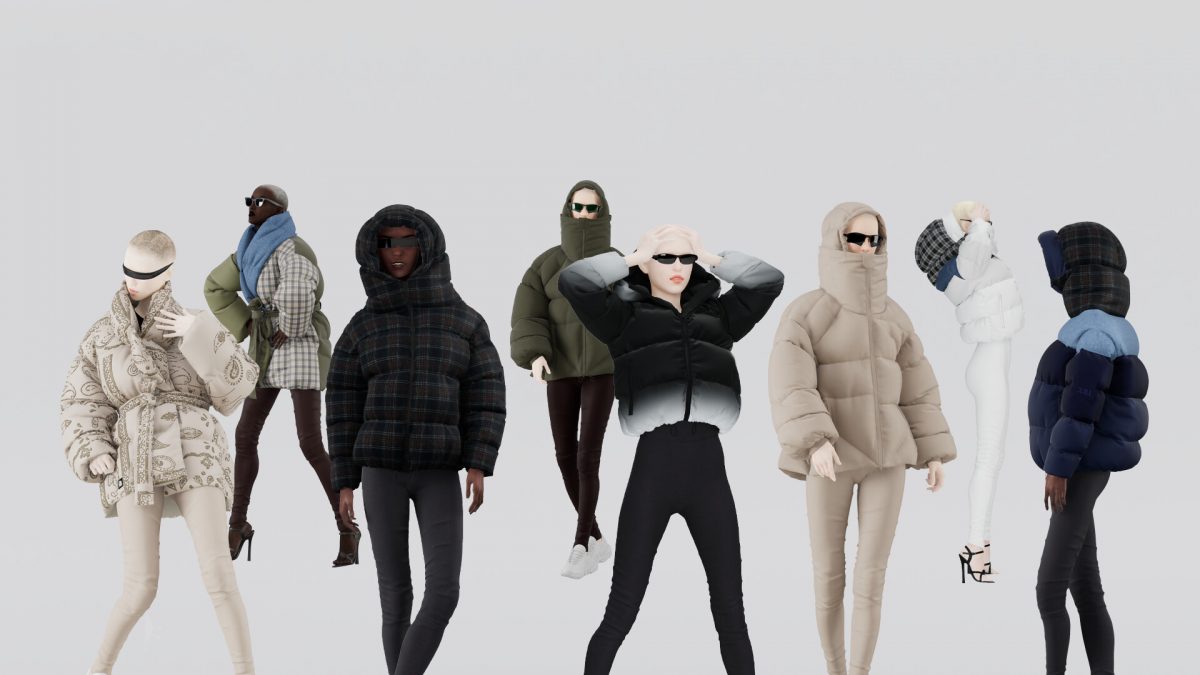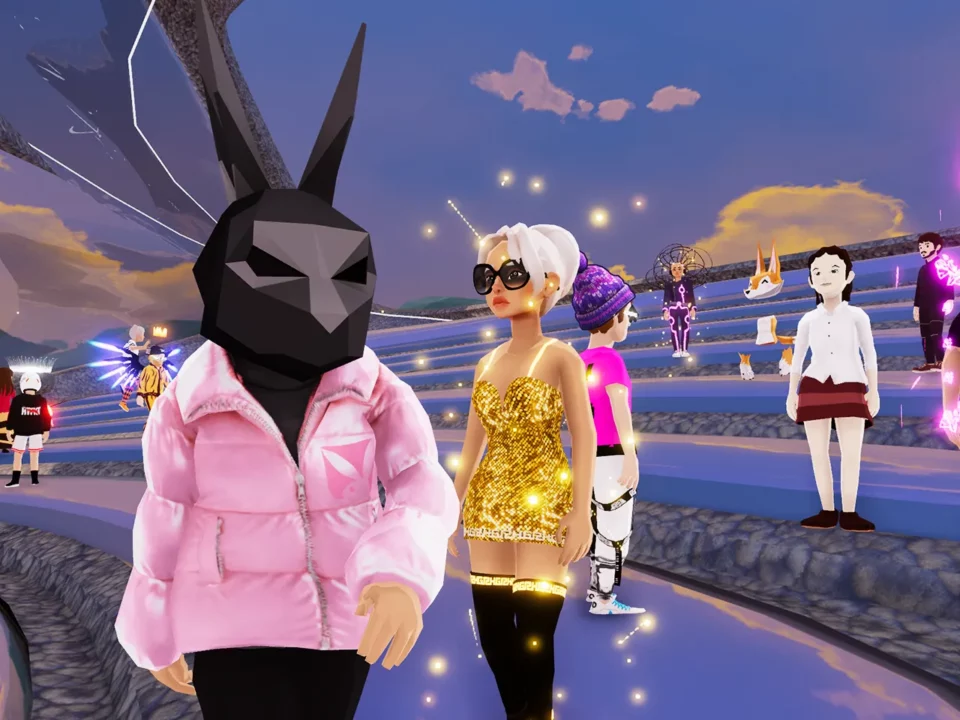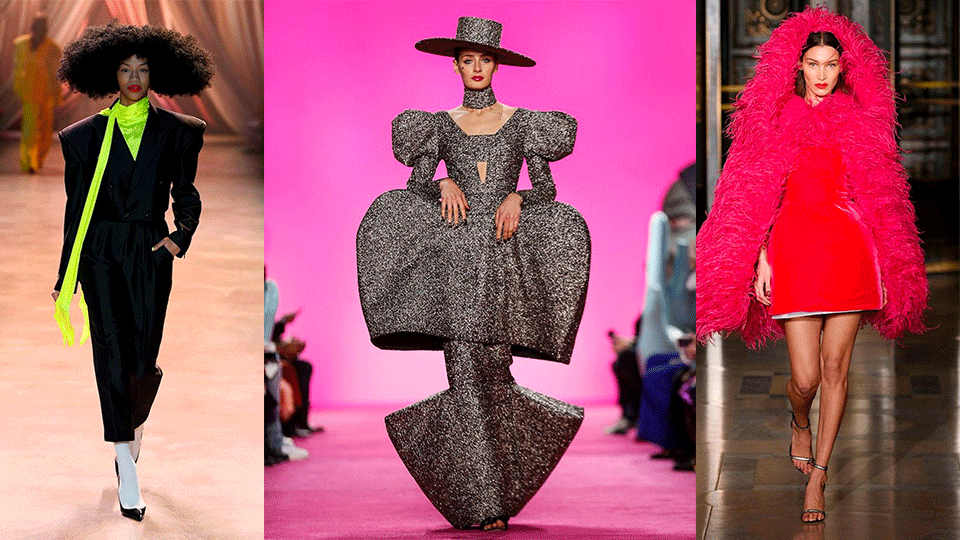- À New Wave to Fashion, À New Way of Living. Download Now on iOS Android Canada SS22
- hello@alahausse.ca
Virtual Fashion Shows Are Making Luxury Accessible

How Sustainable is Bamboo fabric?
August 11, 2021
Success of Digital Fashion: the NFT Baby Birkin
August 11, 2021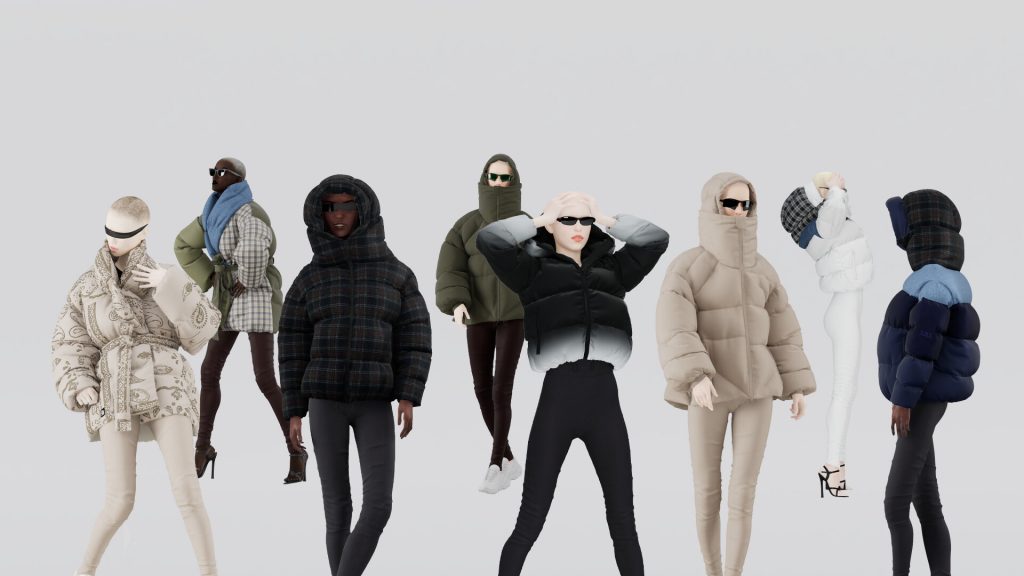
Written by Jennie Yang, Edited by Danté Lusson
While the global pandemic in 2020 brought a plethora of negative change onto the scene, it would be unwise and pessimistic to turn a blind eye to some of the positives. While many retail chains suffered under social restrictions and the lack of in person activity, some other companies flourished. Companies like Amazon and Zoom were able to take advantage of their position in this digitized age and utilize their strengths. Although they do not belong within the fashion industry, they have ties within the technological sector. Today, every company has ties within the technology industry. In this quickening, digitalized age there is no room for error and all companies must make decisions in stride with world affairs.
Because of the pandemic, fashion shows were forced to change their stride and began to take place virtually. By allowing people to view these shows from the comfort of their homes with the simple click of a button, this meant that they were accessible to anyone. Prior to this occurrence, fashion shows were generally seen as an event specifically for the elite. Supermodels seemed unreachable, gliding across the catwalk elegantly and without flaw. Audience members were clad in daring pieces never to be found on the common man or woman roaming the streets. Each person in the room held an air of significance and mutual understanding of fashion. All in all, the entire scene seemed like a cluster for elites; it seemed like a room where no “ordinary” man or woman could participate or even observe. However, with the introduction of virtual fashion shows, it broke down barriers and made luxury accessible to all.
The First Steps
The British Fashion Council was the first to officially move their men’s fashion week to be completely online during the early days of June. Then, they brought in a diverse cast of models in order to showcase all ethnicities and cultures to the awaiting audiences. With the coronavirus pandemic also came racial inequality and issues tied to that. With a more diverse set of eyes being exposed to the virtual fashion week, the British Fashion Council was able to use their platform to showcase how the differences in people is actually what brings them together. By furthering connecting the viewers to the event, luxury is becoming more obtainable and less a farfetched appeal.

Spring/Summer 2021 Schedule
With the Paris men’s fashion week becoming rescheduled, luxury brand Hermés had decided to push ahead and livestream the event involving its spring 2021 collection in early July.
In addition, the Fédération de la Haute Couture et de la Mode (FHCM) has announced its virtual couture fashion week. Brands like Schiaparelli, Iris Van Herpen, Christian Dior, Giambattista Valli, and Azzaro are all going to be taking the stage. Chanel will display its third collection and the final day wraps up nicely with Nick Knight’s plans for an immersive showing for Valentino. This will be taking place in an exciting three days from July 6th to 8th.
Furthermore, Italy’s Camera della Moda team also has something special prepared. Because it is a virtual event, designers are given extra flexibility and freedom to display the messages they wish to display. With a digital format, expression is more freeing and portrayal is up to the designer. From virtual spectres to special projects, designers are able to take their time and come up with their plans. This added flexibility only adds to the accessibility that virtual fashion shows provide. Because fashion is seen as more fluid and adaptable, it will allow others who may not be familiar with the industry to take part. Being inclusive has never deterred individuals but rather has only encouraged unity.
Shifting the industry
Moreover, virtual shows allow for more creativity. To be specific, Ermenegildo Zegna is experimenting with alternative formats to showcase their projects and designs. Alessandro Sartorri is the creative director of the brand and he has spoken about how the opportunity will allow him to be more creative and free with expression. Again, the flexibility of the virtual shows not only redefine the fashion industry’s own perspective on themselves but also the perspectives of the millions tuning in.
Radical change usually comes in waves and small steps. With each small step taken by one brand, another will follow. As with racial change, as with sustainability movements, and as with the digitization of the modern era, it has been proven time and time again that change is possible. This change in particular is only broadening the scope and allowing those who have never experienced a fashion show do so from the familiarity of their homes.
Results of Accessibility
As fashion shows have hit the internet and become digitized, interest in luxury items have increased. As a result, sales and revenue by these luxury brands have also shown significant improvement. With the fashion industry on the rise again with the industry estimated at over $0.5 trillion in 2019 and is expected to exceed $1 trillion by the end of 2025, it is looking to steadily increase over the next couple of years. In fact not only will sales increase, but 95% of increases will be happening in the booming e-commerce market. Previous times have pointed to the idea that luxury brands were only meant to be sold in stores. With luxury items people expected a welcoming experience and to not only see the product, but to hold it, feel it, and try it on.
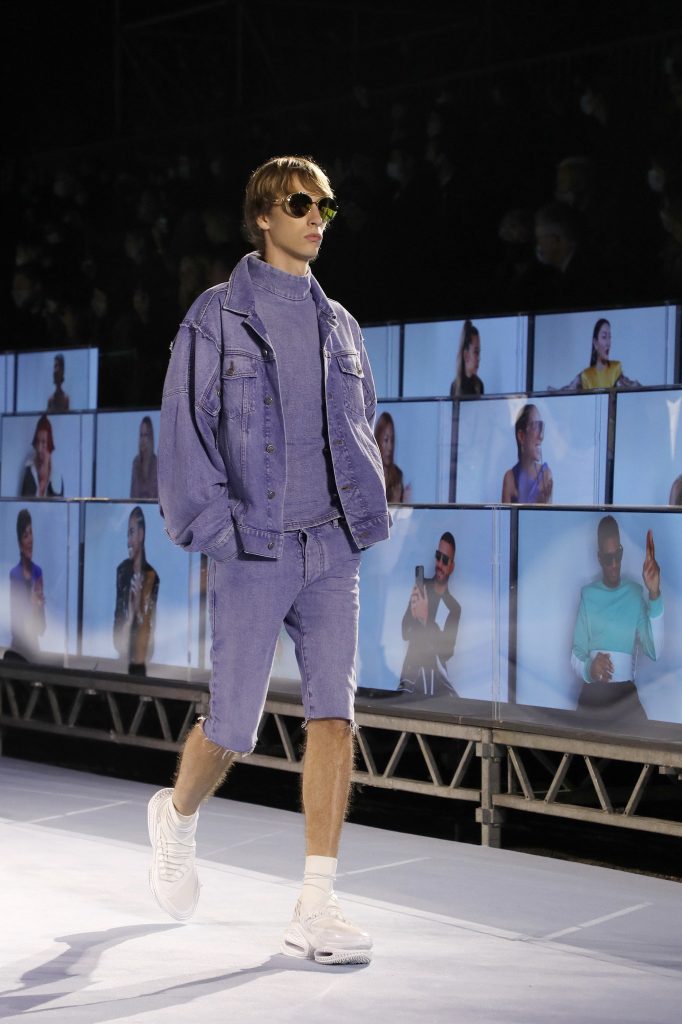
Creativity Abounds
However, with the average day becoming more and more freeing, people have come up with free time on their hands. With increased visibility through virtual shows, easy access through an online store, and a general lack of work to do, people are flocking to online shopping. Technology has made purchasing items online into an easy process. In fact, people are even able to virtually try items on and still get personalized care through online chats oftentimes operating everyday.
Also with the addition of virtual fashion shows, directors are able to show more cultures and be more creative. This is bound to influence more people and attract more unique and curious people. With this new element and a revamp of the online shopping platform, consumers are able to go straight from viewing virtual shows to the shopping cart all in the click of a button, all in the span of a few minutes.
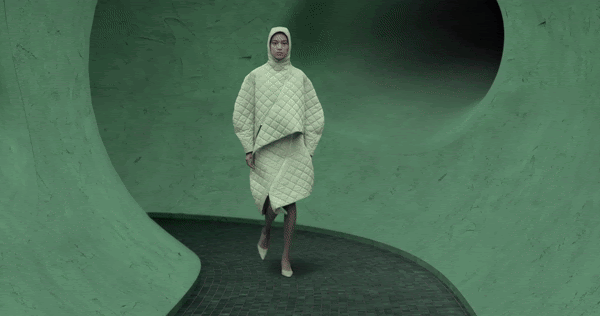
Digitalization: Now or Never
In this ever changing world, decisions are made at the drop of a hat and paces move as quick as the click of a button. Seconds pass and millions of people have finished a task. In an era of digitalization it certainly calls a do or die situation. As many other brands have adapted, luxury brands have followed suit. As a result, we have seen a huge positive impact with there being increased visibility and accessibility to a variety of new and old audience members.
Via ÀLA.HAUSSE‘s Multi-functional and Multi-purposeful Fashion Ecosystem- BUY/SELL/RENT/LEND/ (swap BETA 2021) mobile application, INDIVIDUALS & brands (BETA 2021) are encouraged to REBUY, RESELL, REUSE and UP-CYCLE their personal “Closets” aka Clothing Assets, along with overstock inventory and samples. Through this consumerism habit shift we indirectly slow down the urgency on fashion’s carbon footprint, aiding sustainability as a whole.
BETA Early Access Application Now Opens SS21 iOS Android
with Stories on www.alahausse.ca
#ALAHAUSSE #WEARYOURPURPOSE #HAUSSEPEOPLE
References:
- https://www.vogue.com/article/digital-fashion-weeks-2020
- https://99firms.com/blog/ecommerce-statistics/#gref
- https://www.forbes.com/sites/josephdeacetis/2020/07/09/digitize-or-die-technology-makes-luxury-brands-more-accessible/?sh=3ba2288b69e5
- https://www.britishfashioncouncil.co.uk/pressreleases/LFW-Digital-Schedule
